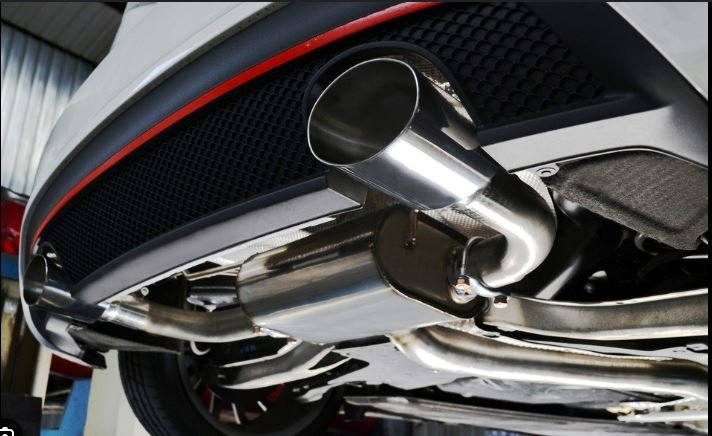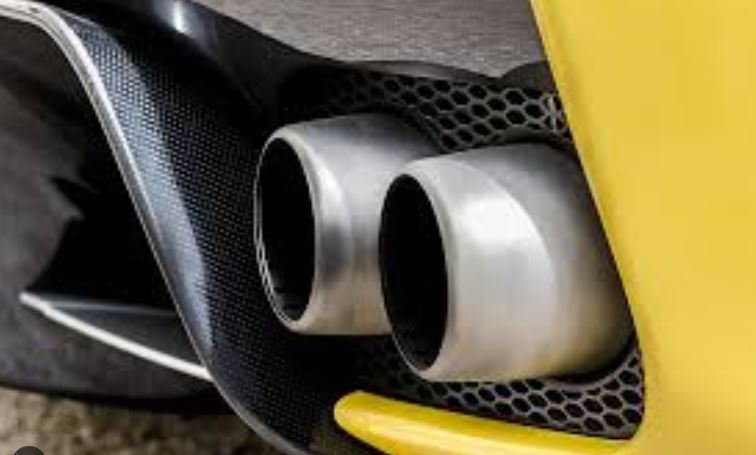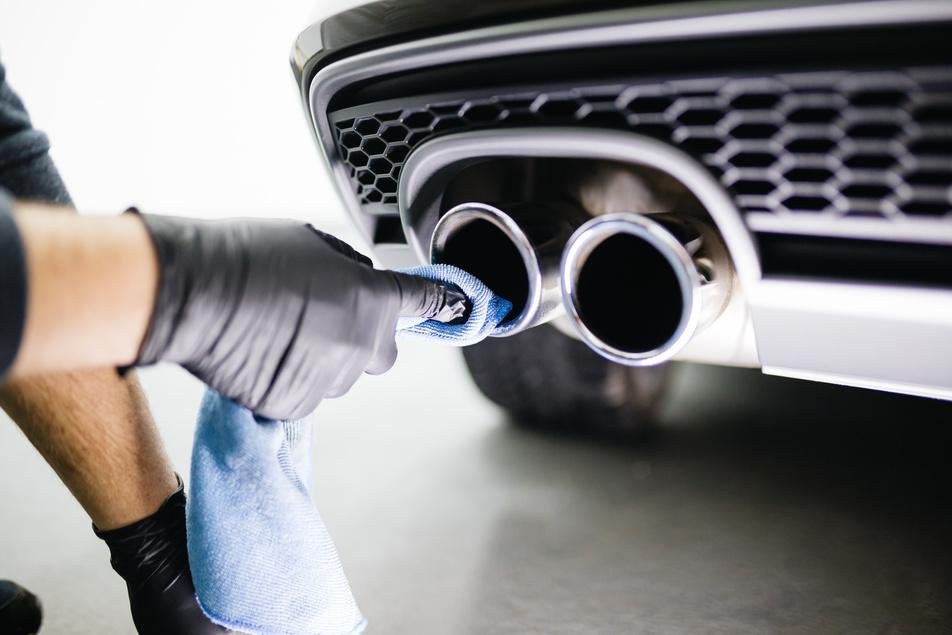Maintaining your vehicle’s exhaust system is crucial for ensuring optimal performance, reducing emissions, and extending the life of your car. Regular checks and maintenance can prevent costly repairs and keep your vehicle running smoothly. This guide will cover essential aspects of exhaust system maintenance, including inspection, cleaning, common issues, and tips for prolonging the system’s lifespan.

1. Importance of Exhaust System Maintenance
Exhaust system maintenance plays a vital role in vehicle performance and environmental impact. A well-maintained exhaust system improves fuel efficiency, reduces harmful emissions, and prevents potential damage to the engine. Neglecting maintenance can lead to decreased performance and increased pollution.
2. Regular Inspection
Regular inspection is the first step in exhaust system maintenance. Inspect the exhaust system every few months or during routine oil changes. Look for signs of rust, corrosion, holes, or loose connections. Pay attention to unusual noises, such as rattling or hissing, which may indicate a problem.
3. Cleaning the Exhaust System
Cleaning the exhaust system helps maintain its efficiency. Use a wire brush to remove rust and debris from the exterior of the pipes. For the interior, use an exhaust cleaner spray designed to remove carbon buildup. Regular cleaning prevents blockages and ensures smooth exhaust flow.
4. Common Exhaust System Issues
Several common issues can affect the exhaust system:
- Rust and Corrosion: Moisture and road salt can cause rust and corrosion, leading to holes and leaks.
- Leaks: Leaks in the exhaust system can reduce engine performance and increase emissions. Check for black soot marks around joints, which may indicate a leak.
- Broken Hangers: Exhaust hangers hold the system in place. If they break, the exhaust system can sag or become misaligned.
- Clogs: Carbon buildup can clog the exhaust system, reducing efficiency and increasing emissions.
5. Addressing Rust and Corrosion
Rust and corrosion are common problems in exhaust systems, especially in regions with harsh winters. To address rust, use a rust remover and a wire brush to clean the affected areas. Apply a high-temperature rust-resistant paint to protect the metal. Replace severely corroded parts to prevent further damage.
6. Fixing Leaks
Leaks in the exhaust system can be hazardous and should be fixed promptly. Use exhaust repair tape or epoxy to temporarily seal small holes. For larger leaks or damaged sections, replace the affected parts. Ensure all connections are secure to prevent future leaks.
7. Replacing Exhaust Hangers
Exhaust hangers can wear out or break over time, causing the system to sag or misalign. Inspect the hangers regularly and replace them if they show signs of wear. Use hangers made of durable materials to ensure a secure fit and long-lasting support.
8. Preventing Carbon Buildup
Carbon buildup can clog the exhaust system and reduce performance. To prevent this, use a fuel system cleaner periodically to remove carbon deposits. Additionally, driving at higher speeds occasionally helps burn off carbon buildup in the exhaust system.
9. Professional Maintenance Services
While regular DIY maintenance is essential, professional services can provide thorough inspections and repairs. Schedule a professional exhaust system checkup annually or if you notice significant issues. Professional mechanics have the tools and expertise to identify and address problems that may be missed during DIY inspections.
10. Conclusion
Proper maintenance of your vehicle’s exhaust system ensures better performance, reduced emissions, and extended lifespan. Regular inspections, cleaning, and addressing common issues like rust, leaks, and carbon buildup are crucial. By following these maintenance tips and seeking professional services when needed, you can keep your exhaust system in top condition and enjoy a smoother, more efficient driving experience.




